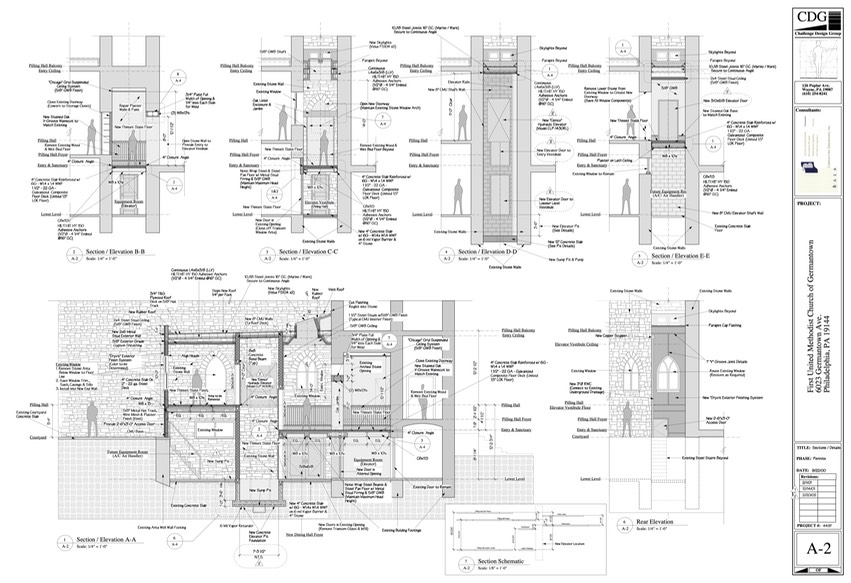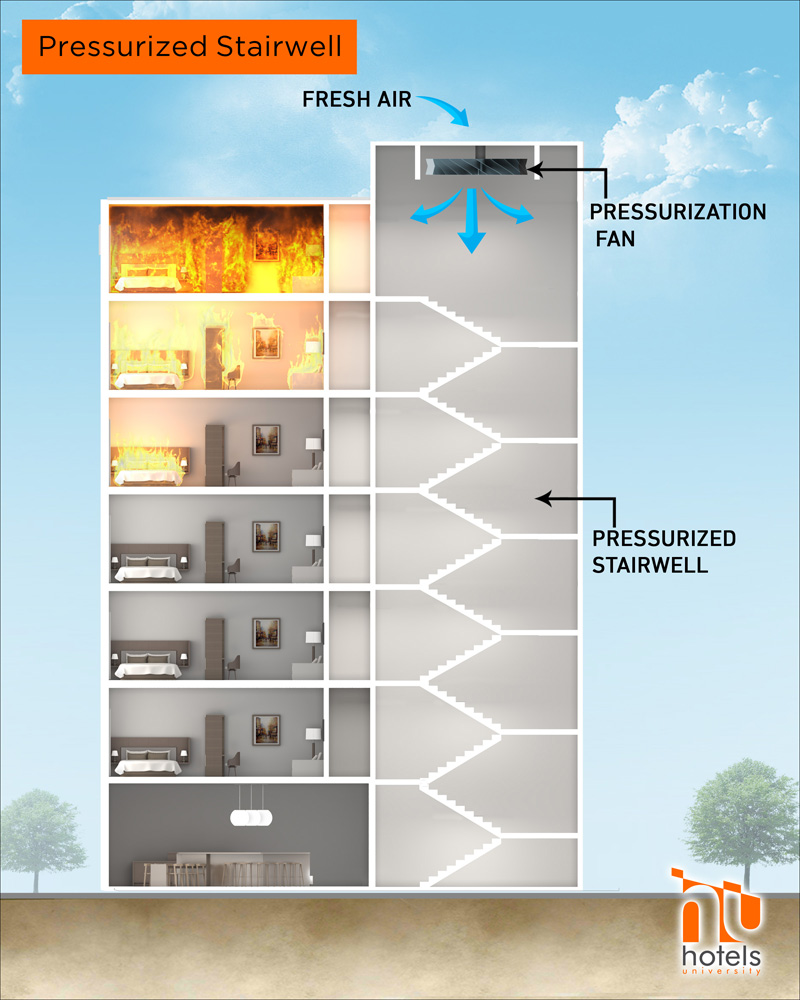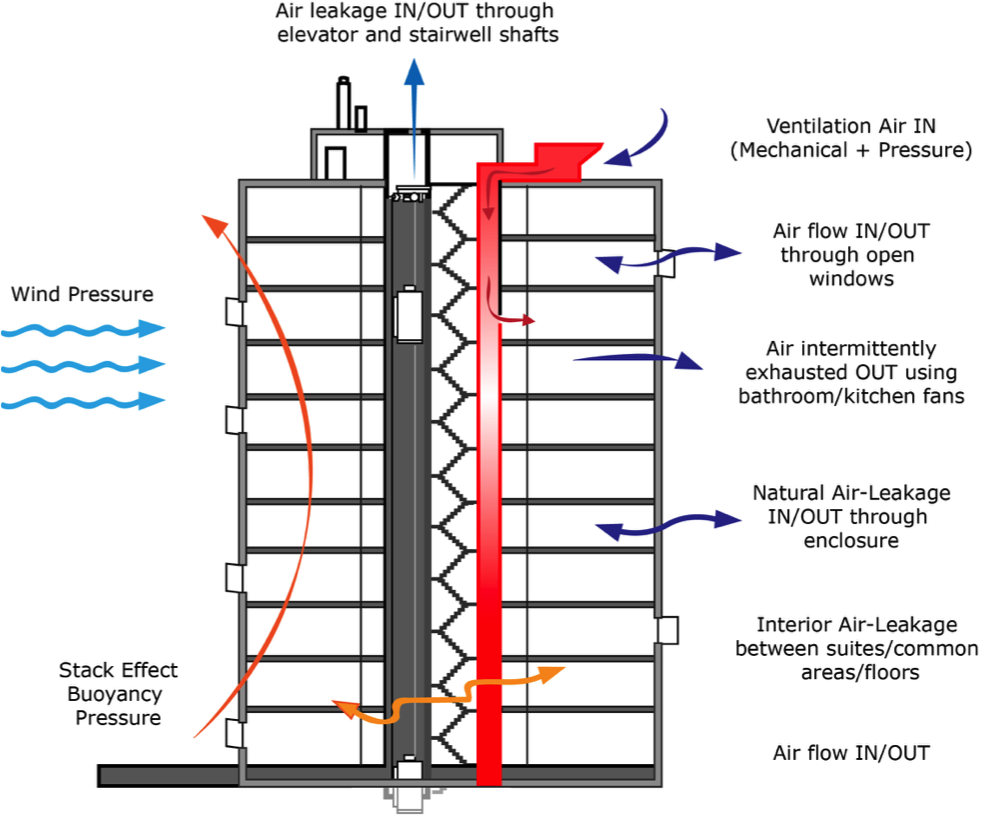Elevator Shaft Ventilation Requirements Chapter 30 of 780 CMR addresses elevators and conveying equipment and no longer contains requirements for direct ventilation of hoistways and machine rooms 780 CMR
Learn how the European standards for lifts have changed the requirements for lift shaft ventilation and how to design energy efficient buildings Find out when and why you need to ventilate your lift shaft and what factors to consider Recent changes to building codes and introduction of new elevator systems have caused some confusion regarding ventilation of elevator hoistways and machine rooms for control of
Elevator Shaft Ventilation Requirements

Elevator Shaft Ventilation Requirements
https://i.ytimg.com/vi/tNjU5aworX4/maxresdefault.jpg

Hvac Stairwell And Elevator Shafts Hvac Simplified Hvac Basics
https://i.ytimg.com/vi/uOFLmsrJCHU/maxresdefault.jpg

Elevator Shaft Sections DCL ARCHITECTS
http://www.dclarchitects.com/_Media/fumcogsects_med.jpeg
Learn how the 2015 version of the International Building Code IBC eliminated the requirement of elevator hoistway venting for most The EN 81 20 2014 standard requires higher levels of lighting for the car interior and the shaft with the aim to enhance passenger safety and accessibility In car lighting must now provide
Provision should be made at the top of the shaft for ventilation openings with a minimum area of 1 of the horizontal cross sectional of the well to the outside either directly or via the machine EN 81 20 2014 sets out revised and updated safety requirements for the construction and installation of elevators while EN 81 50 2014 defines the test and examination requirements for certain elevator components
More picture related to Elevator Shaft Ventilation Requirements

Elevator Shaft Section Detail DCL ARCHITECTS
https://www.dclarchitects.com/_Media/wumcsect-1_med.jpeg

Elevator Shaft Ventilation
https://roofvents.com/wp-content/uploads/roof-vent-images/elevator-shaft-vent.jpg
Ventilation Profile FA204 Fire Assessment On Guides
https://cdn.fs.guides.co/NVQd9KltTpmmAwlSdbec
According to code elevator shafts hoistways meeting certain requirements must be adequately ventilated Our Elevator Vent is an economical easily installed solution for any elevator shaft In occupancies of other than Groups R 1 R 2 I 1 I 2 and similar occupancies with overnight sleeping units venting of hoistways is not required where the building is equipped
Learn how the Building Code requires ventilation of elevator shafts for fire safety while the Energy Code requires them to be closed and automatic Find out how to comply with both codes and EN 81 20 2014 sets out revised and updated safety requirements for the construction and installation of elevators while EN 81 50 2014 defines the test and examination requirements

Hydralic elevator components2 JPG 805 681 Elevation Elevator
https://i.pinimg.com/originals/41/37/20/413720c6c19dda9c290d0e41e286bbfe.jpg

Hotels University High Rise Design Requirements
http://www.hotelsuniversity.com/wp-content/uploads/2018/06/Pressurized-Stairwell.jpg

https://coderedconsultants.com › insights › elevator...
Chapter 30 of 780 CMR addresses elevators and conveying equipment and no longer contains requirements for direct ventilation of hoistways and machine rooms 780 CMR

https://www.cundall.com › ideas › blog › …
Learn how the European standards for lifts have changed the requirements for lift shaft ventilation and how to design energy efficient buildings Find out when and why you need to ventilate your lift shaft and what factors to consider

Fire Fighting Guide Line

Hydralic elevator components2 JPG 805 681 Elevation Elevator

Ventilaci n En Ascensores En La Ciudad De Nueva York Requisitos Y

Prefabricated Structures Elevator Design Concrete Structure

Flamebar A2L Refrigerant Enclosure System

Building Shafts

Building Shafts

Building Shafts

About Kalea Lifts This Is Kalea Our History Our Present
Elevator Components Diagram
Elevator Shaft Ventilation Requirements - All glass used in the elevator shaft must be laminated Shaft ventilation is now the responsibility of the building designer The elevator manufacturer must provide all the necessary information
